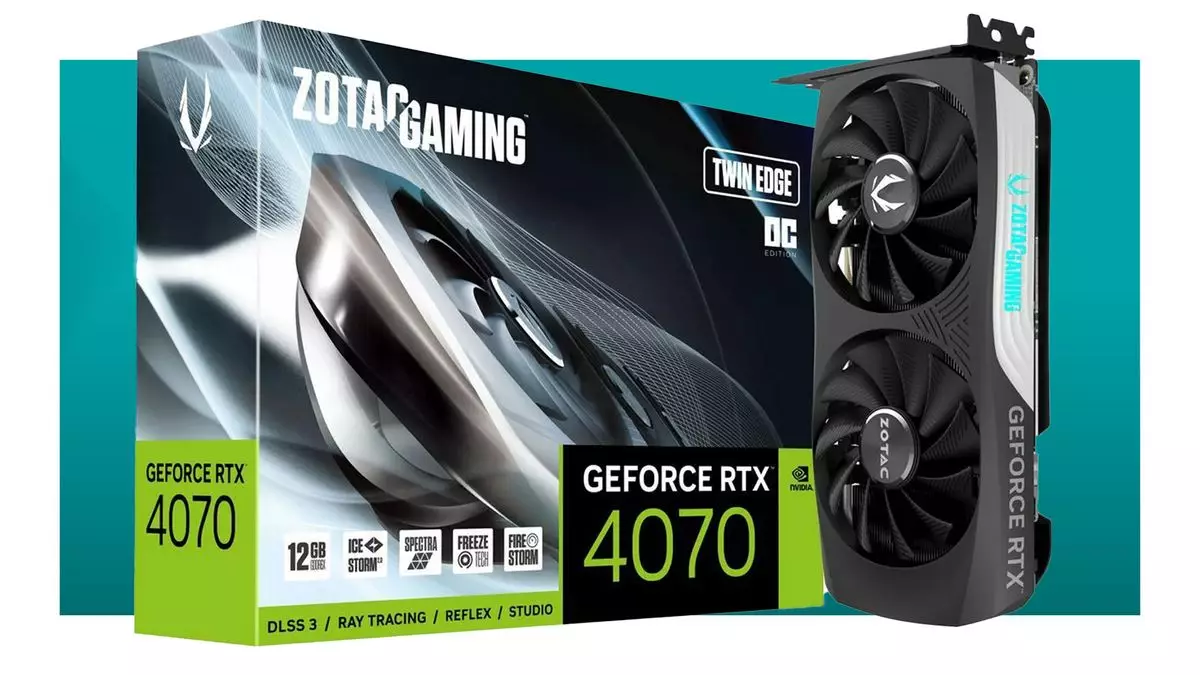In the world of PC gaming, the selection of a graphics card can significantly influence both gaming experiences and performance. With the ongoing popularity of Nvidia’s RTX 40-series, enthusiasts and gamers alike are keeping a watchful eye on potential discounts, yet the market dynamics have proven to be challenging. The RTX 40-series GPUs have maintained their value remarkably, despite murmurs of new models on the horizon. This scenario poses a dilemma for those eager to upgrade their systems; should they invest in current technology or hold out for upcoming releases?
As speculation builds around the expected launch of Nvidia’s RTX 50-series, many consumers are finding themselves at a crucial juncture. The notion that the RTX 40-series may soon become obsolete makes purchasing decisions all the more complicated. The anticipation surrounding the 50-series points toward enhanced performance and potentially groundbreaking features that could revolutionize gaming in 2025. For anyone considering an upgrade, it may be prudent to exercise patience and wait for the new releases rather than committing to existing models.
For those unable to wait—perhaps due to technical failures in their current GPUs—there are still opportunities to snag a solid deal. A recent find worth mentioning is the RTX 4070 available at Walmart for just under $500. The Zotac Twin Edge model of this card packs a punch with its dual fans and 5,888 CUDA cores across 46 streaming multiprocessors. Notably, the RTX 4070 also boasts 12 GB of GDDR6X memory, a respectable amount that caters well to modern gaming demands. This card stands as an appealing option for gamers craving immediate upgrades without breaking the bank.
Nevertheless, the graphics card landscape is rife with competition, particularly from AMD. The RX 7800 XT, priced around $480, provides a compelling alternative to Nvidia’s offerings. This affordability and competitiveness signal to consumers that it might be worth exploring options beyond Nvidia, especially for those on a budget or looking for value. AMD’s entry into the mix ensures that gamers have multiple avenues to pursue—making it much less of a one-horse race.
As we approach significant shopping events like Black Friday, the potential for noteworthy discounts remains in the air. Those hesitant to make a purchase now should consider waiting for deeper price cuts as retailers aim to attract holiday shoppers. It’s wise to stay informed and up to date with ongoing deals. If November passes without enticing offers, it may be advantageous to delay purchases even further in anticipation of the 50-series, which promises impressive advancements in graphics technology.
Overall, the current landscape of graphics cards is one of complexity and potential. Timing one’s purchase could very well result in significant savings or a performance upgrade that enhances the gaming experience for years to come.


Leave a Reply